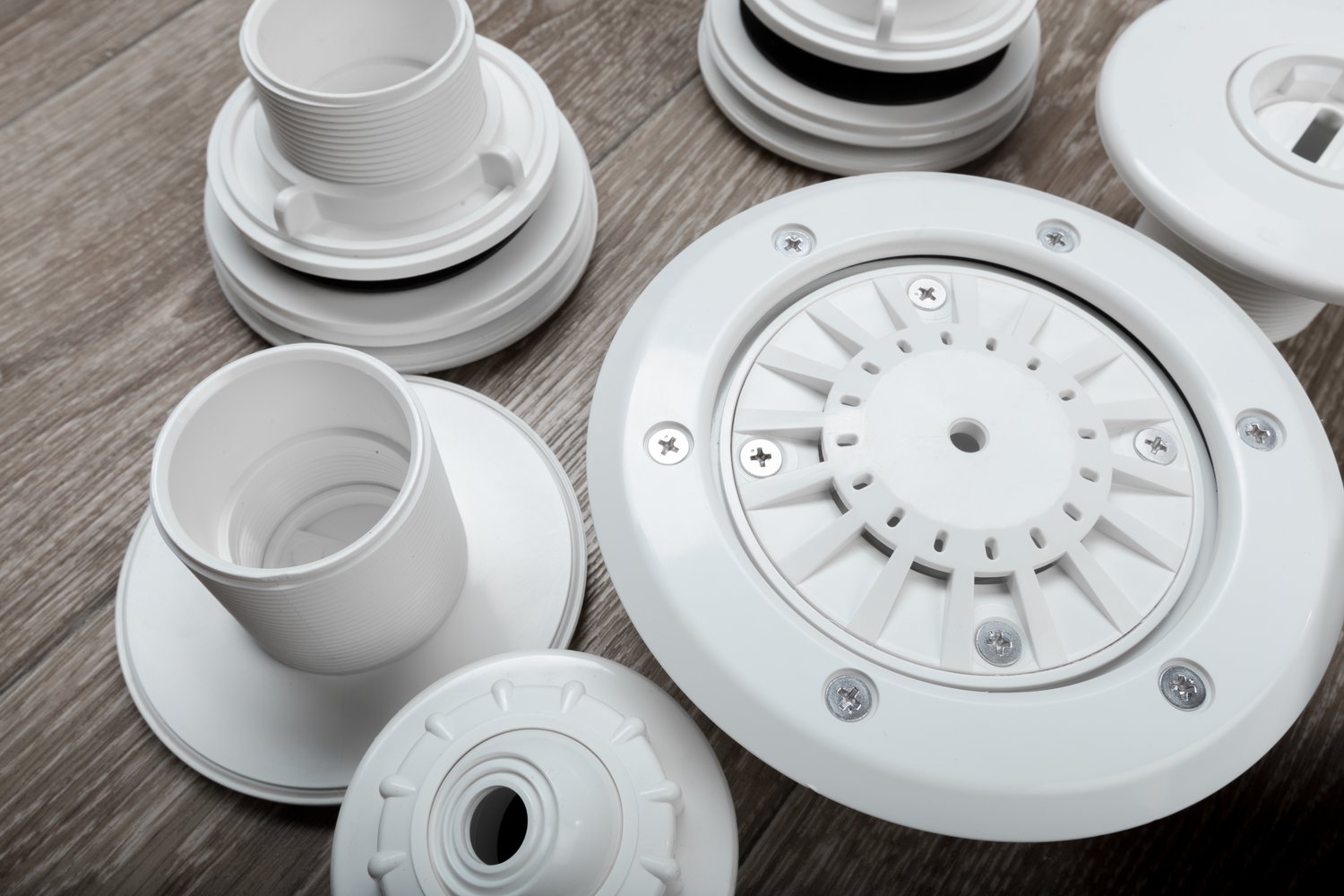Dealing with toilet flange height issues can be a real hassle, leading to leaks and unsteady toilets if not addressed correctly. Proper installation and leveling of a toilet flange are vital for a well-functioning bathroom that doesn’t demand constant repairs. By mastering these techniques, you can avoid the common pitfalls that plague many DIY enthusiasts and even some professionals.
- Learn about the common problems that arise from incorrect flange height and why it’s crucial for your bathroom’s functionality.
- Discover how to correctly measure and maintain your flange height to ensure a solid seal and avoid shifting.
- Explore the best installation techniques that ensure your toilet flange aligns perfectly with the finished floor.
- Understand how to effectively level a toilet on uneven floors for stability and avoid the dreaded rocking toilet syndrome.
By diving into this guide, you’ll gain the knowledge needed to ensure your toilet setup is both secure and efficient, keeping your bathroom running smoothly. Equip yourself with practical insights that not only solve common plumbing issues but also enhance your DIY skills for future projects.
Understanding Toilet Flange Height Problems: Proper Installation and Leveling Guide
Toilet flange height plays a critical role in preventing water leaks and ensuring your toilet is securely fixed to the floor. An improper flange height can lead to several complications, such as water seeping from the base of the toilet, causing potential damage to the subfloor and creating unsanitary conditions.
Proper installation is vital in maintaining a bathroom that functions efficiently. A well-placed toilet flange ensures that the wax ring seals effectively, preventing any gaps or leaks. Incorrect flange height can also result in an unstable toilet, which can rock on its base, leading to further damage and discomfort during use.
Discovering the reasons behind flange height issues can help resolve them quickly. This guide explores the common problems associated with incorrect toilet flange height and explains why correct installation and alignment are essential for a hassle-free setup.
Identifying the Correct Flange Height
Measuring toilet flange height accurately is paramount to avoid misalignments and ensure the integrity of the entire setup. The usual requirement is that the flange sits slightly above the finished floor level, typically about 1/4 inch. This height helps to compress the wax ring adequately and maintain a seal that prevents leaking.
To identify the correct flange height, make sure to measure from the floor surface to the top of the flange. If the flange is too low, you might face issues with an ineffective seal, resulting in a wobbly toilet and potential water leaks.
The significance of maintaining the flange above the finished floor level cannot be overstressed. It is this positioning that ensures both staple sealing and stability of the toilet. Maintaining the correct toilet flange height is an essential step that supports both toilet functionality and bathroom longevity.
Proper Installation Techniques for Optimal Toilet Flange Height
Achieving the correct toilet flange height is critical to preventing leaks and ensuring that your toilet is stable and functions correctly. One of the key factors is to properly secure the flange to the subfloor. It’s essential to ensure that the flange sits snugly and doesn’t move when the toilet is installed.
Choosing the right materials is equally important. Opt for flanges made of durable materials like PVC or stainless steel, which resist corrosion and provide a long-lasting installation. Make sure the flange is positioned correctly above the finished floor level, which usually means the flange should sit approximately 1/4 inch to 1/2 inch above the floor to create a perfect seal.
During the installation process, pay attention to the flange size to match the toilet outlet. Misalignment can cause significant issues requiring costly repairs. Use a flange that complements the specific drainage requirements and materials used in your bathroom’s plumbing system to avoid compatibility issues. Secure the flange with robust bolts and ensure they are tightened appropriately to keep the installation firm and stable.
Leveling Toilets: Ensuring Stability and Longevity
Once the toilet flange is properly installed, the next step is to level the toilet. This step is crucial for toilet stability and to avoid potential problems such as rocking, which can break the wax seal and cause leaks. Begin by placing the toilet on the flange without securing it.
If the floor is uneven, additional techniques might be necessary to achieve stability. Using shims is an effective method to level the toilet. Place the shims around the toilet base as needed, then test the balance by gently rocking it until it remains firm. Be sure to use wedges designed for bathroom use, as they provide adequate support and won’t absorb moisture.
After the toilet is leveled, it’s vital to secure it in place correctly. Tighten the toilet bolts carefully, ensuring not to over-tighten, as this can crack the toilet base. Once tightened, check again for any movement. Finishing touches like caulking the base offers extra stability while also providing a moisture barrier.
By applying these solutions, you can ensure that your toilet installation is stable and durable, ultimately enhancing bathroom efficiency and reducing the risk of future complications.
Troubleshooting Common Issues in Toilet Flange Height and Leveling
Toilet flange height discrepancies and leveling issues can result in a range of problems, from leaks to a rocking toilet. Understanding these common problems and implementing practical solutions is essential for anyone looking to maintain their bathroom’s functionality and prevent expensive repairs down the line.
Leaks at the Toilet Base
One of the most common issues associated with incorrect toilet flange installation is leaks. If the flange is set too low relative to the bathroom floor, it can compromise the wax ring seal between the toilet and the flange. Ensuring the flange is positioned at the correct height, ideally 1/4 inch above the finished floor, can prevent moisture from seeping out and causing damage.
Rocking Toilets
A toilet that rocks can be both annoying and indicative of a larger issue. This often stems from improper flange height or an uneven floor. An improperly aligned flange can lead to instability and potential damage to plumbing. Leveling shims can provide stability and are a quick fix for uneven bathroom floors.
Adjusting Flange Height
When toilet flange height is incorrect, additional measures may be necessary, such as flange extenders. These devices allow homeowners to raise the flange height without extensive remodeling. Ensuring a proper fit prevents both leaks and toilet movement, safeguarding against future problems.
Effective Troubleshooting
Regular bathroom inspections can help identify issues before they escalate. Investing time in proper installation methods, including measuring and leveling, and being proactive about leaks or instability will contribute to a lasting fix. Consider consulting a professional plumber when encountering persistent or complex issues to ensure a secure and efficient resolution.
Frequently Asked Questions about Toilet Flange Height and Installation
What is the ideal height for a toilet flange?
The toilet flange should ideally be 1/4 inch above the finished floor level to ensure proper sealing and toilet stability.
How do I measure toilet flange height?
Use a tape measure to determine the distance between the top of the flange and the finished floor. The flange should not be flush with or below the floor.
What are common symptoms of incorrect flange height?
Common issues include toilet leaks, rocking, and improper sealing, which can lead to water damage.
How can I fix a toilet that rocks due to flange height issues?
Use shims to stabilize the toilet after verifying the flange height, ensuring the toilet is securely leveled.
Is it necessary to replace the flange if the height is wrong?
Not always; you may need to adjust the existing flange using a flange extender or reinstall it correctly if misaligned.
Can a low flange cause bathroom leaks?
Yes, a flange that is too low may lead to improper sealing with the wax ring, resulting in leaks and potential water damage.





